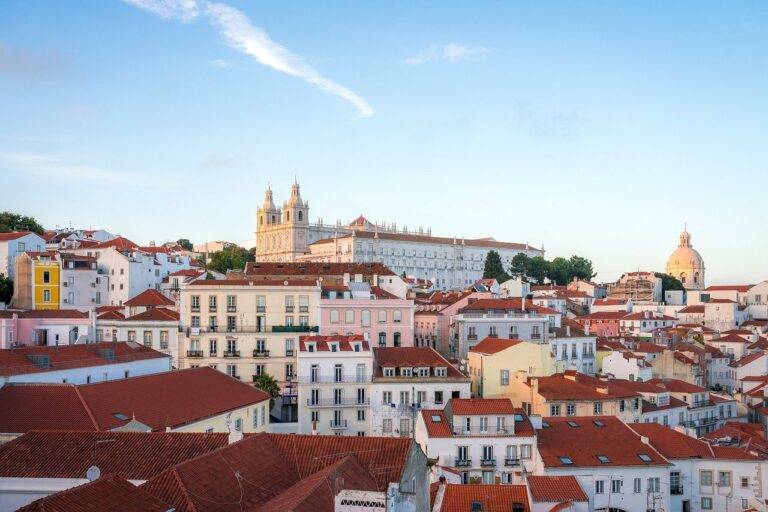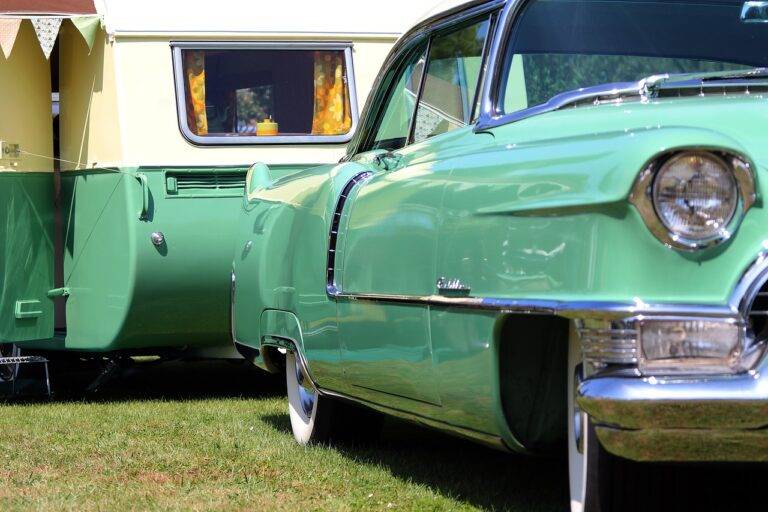Coffee Culture Exploration: Discovering the World of Coffee from Bean to Cup
Coffee’s origins can be traced back to the ancient Ethiopian highlands, where legend has it that a goat herder named Kaldi discovered the energizing effects of coffee beans after noticing his goats become unusually lively upon consuming them. This discovery soon led to the spread of coffee cultivation in the region and the development of the beverage that would eventually become popular worldwide.
In the 15th century, coffee began its journey beyond African borders, reaching the Arabian Peninsula where it became an integral part of the social and cultural fabric. Coffee houses, known as “qahveh khaneh,” began to spring up in cities like Constantinople, serving as centers for intellectual exchange and conversation. From there, the popularity of coffee continued to grow, eventually making its way to Europe and the Americas, where it would evolve into the beloved beverage we know today.
The Origin of Coffee
Coffee, a beverage enjoyed by millions around the world, has a rich and intriguing origin story. Legend has it that a goat herder named Kaldi discovered coffee in Ethiopia during the 9th century. He noticed his goats became unusually energetic after eating the berries from a certain tree.
Intrigued by this discovery, Kaldi shared it with a local monastery, where the monks brewed a beverage from the berries to help them stay awake during long prayer sessions. The monks found the concoction to be invigorating and shared it with others in the region, leading to the spread of coffee’s popularity throughout the Arabian Peninsula and beyond.
The Different Varieties of Coffee Beans
Arabica coffee beans are known for their smooth and complex flavor profile, making them a favorite among coffee enthusiasts worldwide. Originating from Ethiopia, Arabica beans are often grown at high altitudes, which contributes to their desirable taste. These beans are typically more expensive than other varieties due to their delicate nature and specific growing conditions required for cultivation.
On the other hand, Robusta coffee beans are distinguished by their strong and bitter taste, making them a popular choice for those seeking a more intense coffee experience. These beans are known for their higher caffeine content and are often used in espresso blends for their ability to create a thick crema. Cultivated primarily in Africa and Southeast Asia, Robusta beans are considered hardier than Arabica beans and can thrive in lower elevations and warmer climates.
• Arabica coffee beans are known for their smooth and complex flavor profile
• Originating from Ethiopia, Arabica beans are often grown at high altitudes
• Arabica beans are typically more expensive due to their delicate nature and specific growing conditions required for cultivation
• Robusta coffee beans have a strong and bitter taste
• Robusta beans have higher caffeine content and are used in espresso blends for thick crema
• Cultivated primarily in Africa and Southeast Asia, Robusta beans can thrive in lower elevations and warmer climates
What is the history of coffee?
Coffee has a long and rich history, with its origins dating back to the 9th century in Ethiopia. It spread to the Arab world in the 15th century and eventually made its way to Europe in the 17th century.
Where does coffee come from?
Coffee is derived from the seeds of berries produced by the Coffea plant, which is native to tropical regions of Africa and Asia.
What are the different varieties of coffee beans?
There are several varieties of coffee beans, with the most popular ones being Arabica and Robusta. Other varieties include Liberica and Excelsa, though they are less commonly found. Each variety has its own unique flavor profile and characteristics.





